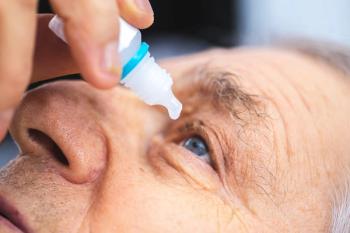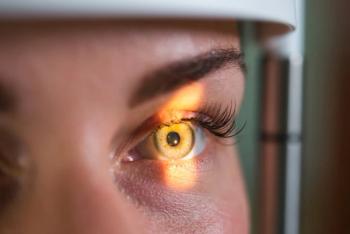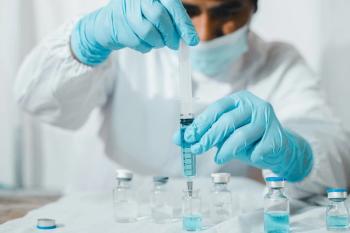
Studies confirm tear osmolarity is central to OSD
Doctors, researchers, and clinical studies have evaluated how tear osmolarity is impacted by a variety of conditions in vivo, in vitro, and in animal models. The conclusions show that tear osmolarity is an integral factor in the complex condition of ocular surface disease.
In 1978 Jeff Gilbard, MD, a pioneer in ocular surface disease (OSD), proposed that hypersmolarity of the tear film plays an important role in inducing the disease seen in the cornea and conjunctiva.1 In 1979, Dr. Gilbard demonstrated that there was a significant positive correlation between tear film osmolarity and Rose Bengal staining.2
In rabbit models, he showed that decreases in corneal epithelial glycogen and in conjunctival goblet cell density, and morphological abnormalities of the conjunctiva correlated with increases in tear film osmolarity and duration of disease (1988).3 Dr. Gilbard also showed that closure of the meibomian gland orifices increased tear film osmolarity in the presence of normal lacrimal gland function and caused dry eye-type ocular surface abnormalities (1989).4
This work contributed to the International Dry Eye WorkShop in 2007, identifying tear hyperosmolarity as an important factor in the pathogenesis of DES including it as a part of the definition of dry eye.5
Dr. Mastrota is center director of Omni Eye Surgery in New York City and associate optometric editor of Optometry Times.Now, 35 years later, what do tear osmolarity studies show? Searching the literature, here’s what we find:
- Tear film osmolarity is increased in patients with diabetes mellitus compared with healthy controls. Tear film osmolarity also correlates with the duration of the disease.6
- Tear hyperosmolarity and abnormal tear film function are associated with pterygium. Pterygium excision improved tear osmolarity and tear film function. Tear osmolarity, however, deteriorated again with the recurrence of pterygium.7
- Exposure to air pollution reduces tear film stability and negatively influences tear film osmolarity.8
- There are significant relationships between tear osmolarity and lid characteristics, including lid sensitivity.9
- Patients complaining of epiphora in the absence of other ocular surface pathology have significantly lower tear osmolarity.10
- Tear osmolarity is increased in patients treated for glaucoma or ocular hypertension, particularly in patients using multiple preserved eye drops.11
- The cytotoxic effects of BAK on conjunctival epithelial cells in vitro are increased in hyperosmotic conditions, with characteristic cell death processes such as apoptosis.12
- Orally administered ethanol is secreted into the tears. Ethanol in tears induced tear hyperosmolarity and shortened tear break-up time.13
- Tear osmolarity is higher in eyes of patients with pseudoexfoliation when compared with normal subjects.14
- A significant increase of osmolarity was found in patients with severe conjunctivochalasis.15
- Tear osmolarity is increased with dehydration and tracked alterations in plasma osmolarity.16
These studies evaluate how tear osmolarity is impacted by a variety of conditions in vivo, in vitro, and in animal models. It appears tear osmolarity is an integral factor in the complex condition of ocular surface disease.ODT
References
Lemp MA, Baudouin C, Baum J, et al. The definition and classification of dry eye disease: Report of the definition and classification subcommittee of the International Dry Eye WorkShop (2007). Ocular Surface. 2007;5(2):75–92.
Newsletter
Want more insights like this? Subscribe to Optometry Times and get clinical pearls and practice tips delivered straight to your inbox.









































